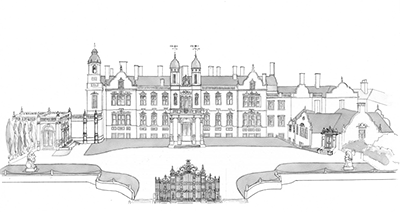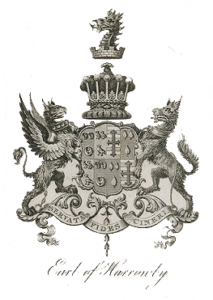
THE HOUSE
10 resplendent rooms for events
Sandon Hall is a glorious stately home with 10 resplendent rooms. Tucked far away from the madding crowd in the heart of Staffordshire in the Midlands, the glorious house and gardens are surrounded by a further 400 acres of lush countryside. Grand yet comfortable, Sandon Hall is spacious, stunning and the ideal venue for any event; big or small; business or pleasure.

The House
The ancestral home of the Earls of Harrowby since 1776
A picturesque mile-long drive through stunning parkland
All rooms are licenced for wedding ceremonys
Saloon
The hall’s grand saloon offers the ideal mixture of opulence and class.
Grand staircase for your memorable entrance
Stunning views of the front entrance and drive
Seats 120
Library
Our intimate library has a tasteful, understated charm.
Perfect for more intimate occasions
Stunning views of the rear gardens
Seats 100
Drawing Room
Comfortable and spacious, the drawing room is where your guests can relax and unwind.
Stunning views of the rear gardens
Exquisite Chinoiserie Wallpaper
Ornate chandeliers
Dining Room
The dining room is perfect for wining and dining both clients and loved ones alike.
Ideal for conferences
Stunning views of rear gardens
Seats 60
Conservatory
Bright and airy, our conservatory offers a fabulous photo opportunity.
A botanical paradise
Beautiful Victorian Architecture
Perfect for drinks receptions & weddings

Click on a room to explore
SANDON HALL HISTORY
A Remarkable house and gardens set in
an historic parkland landscape
Sandon Hall has been the ancestral home of the Harrowby family since 1776, when Nathaniel, 1st Baron Harrowby bought a shooting lodge and had it transformed by the architect Samuel Wyatt into a Georgian House.
Disaster struck in 1848, when the Hall was so badly damaged by fire that it had to be rebuilt. The renowned architect William Burn designed the existing neo-Jacobean style house, completed in 1854.




